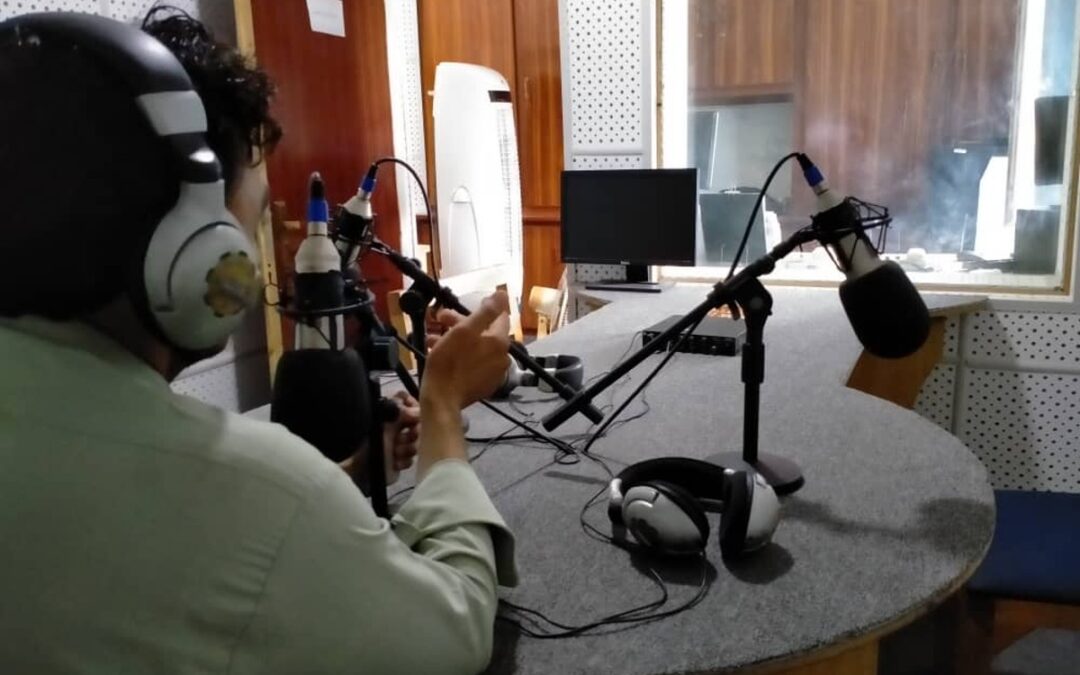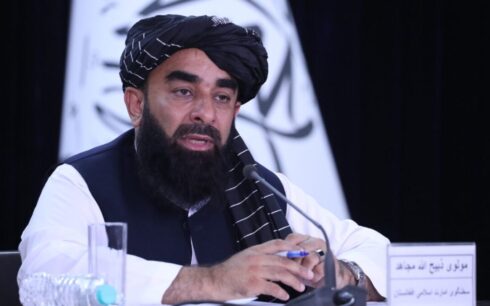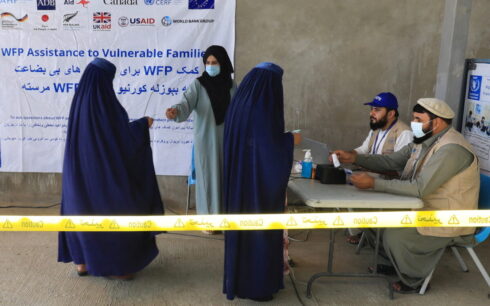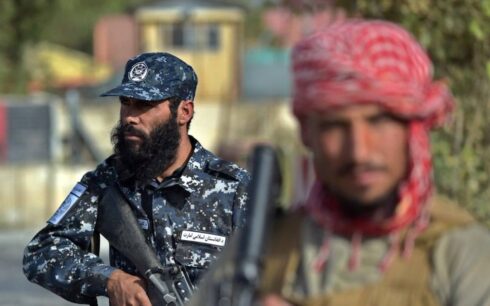HERAT, Afghanistan — The Taliban’s Ministry for the Promotion of Virtue and Prevention of Vice in Herat is working to prohibit the broadcasting of images of living beings on local media, according to sources in the province.
Local journalists said that the Taliban blocked photography and videography during several recent events, including the National Saffron Flower Festival last week, citing enforcement of their moral directives.
However, other local Taliban officials appear to hold a more lenient stance. In a recent example, Herat’s deputy governor, Mohajir Farahi, gave an on-camera interview to media outlets, signaling inconsistencies in enforcement.
Aziz-ur-Rahman Mohajir, the head of the Ministry for the Promotion of Virtue in Herat, is said to be spearheading efforts to enforce Article 17 of the Taliban’s moral code, which bans the broadcast of images of living beings. Journalists at the Saffron Flower Festival reported being barred from filming the event, a move they argue is part of a broader campaign to stifle freedom of expression.
Journalists raise concerns over restrictions
Some journalists have voiced alarm over the impact of such restrictions on media freedom and society.
“Sound and images reflect the truth of a society,” said Mustafa Shahryar, a journalist. “If we remove them, the voices of Afghanistan will be silenced, and no one will hear about the injustices or limitations imposed on our people.”
Since September, the Taliban have imposed similar bans in five provinces:
Kandahar: Effective September 5
Maidan Wardak: Effective September 12
Takhar: Effective October 14
Badghis: Effective October 23
Nangarhar: Effective November 12
The bans reflect a growing effort to implement the Taliban’s strict interpretation of Islamic law, under which Article 17 explicitly prohibits the broadcasting of images of living beings.
Chilling effect on media
Journalists and media advocates warn that these policies are part of a broader attempt to silence dissent and control public narratives.
“Such restrictions severely limit the flow of information and reflect a broader fear within the current regime of losing control over free expression,” said Basir Ahmad Danishyar, deputy head of the Journalists’ Support Organization.
Sumayya Walizada, a journalist, said the bans violate fundamental rights and freedoms: “In provinces like Takhar, Khost, Helmand, Badghis, and Kandahar, visual media outlets have been ordered to stop broadcasting images of living beings. This is a blatant violation of press freedoms in Afghanistan.”
Taliban plan nationwide implementation
Seyf-ul-Islam Khyber, a spokesperson for the Taliban’s Ministry for the Promotion of Virtue and Prevention of Vice, recently told Agence France-Presse that the ban on filming living beings would gradually be implemented across the country.
The move has drawn criticism from rights groups and media advocates, who argue it marks another step in the Taliban’s campaign to suppress freedom of expression and further isolate Afghanistan’s independent media.





